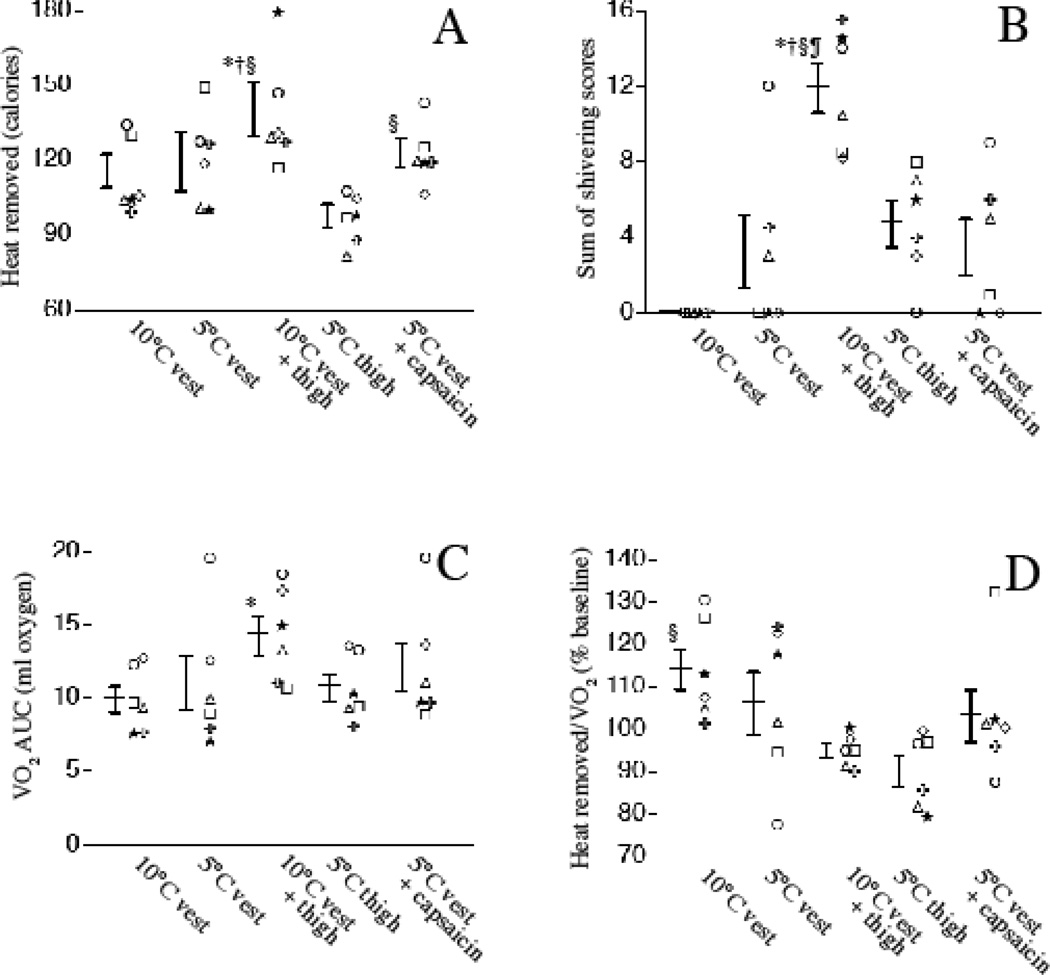Figure 2. Effect of different cooling protocols on heat removal, shivering, and oxygen consumption in normal subjects.
Six normal volunteers were subjected to 30 min cooling with the indicated pad positioning and temperature without or with 0.15% capsaicin applied beneath the pad. The same symbol represents each subject in all panels in figures 2 and 3. A. Total heat removed (calories) was estimated from the temperature of the circulating refrigerant entering and leaving the cooling device and the flow rate recorded every min during each 30 min cooling period is shown (see Methods). B. Shivering was measured objectively every 5 min during cooling using a 4-point bedside shivering assessment scale 21. The sum the shivering scores is shown. C. VO2 was measured every 5 min during cooling and AUC for the 30 min cooling period calculated using the trapezoidal rule 38. D. The ratio of heat removed to VO2 AUC for each 30 min cooling period was calculated. Individual subject data and mean ± SE are shown. *, †, §, and ¶ denote p < 0.05 vs. 10°C vest, 5°C vest, 5°C thigh pads, and 5°C vest with capsaicin, respectively.

